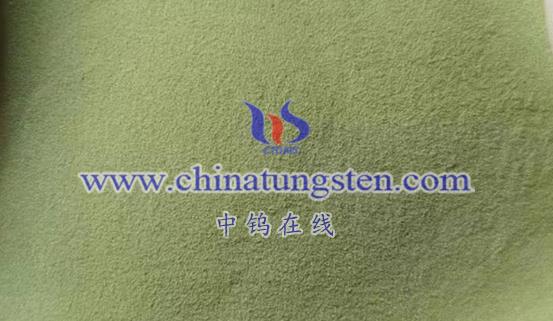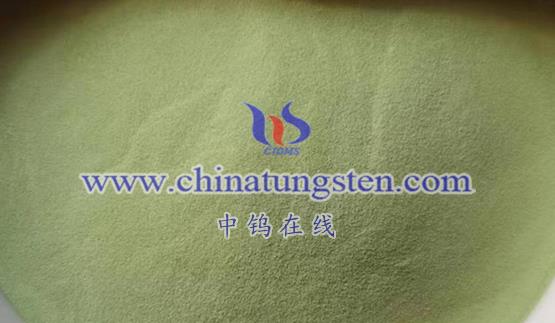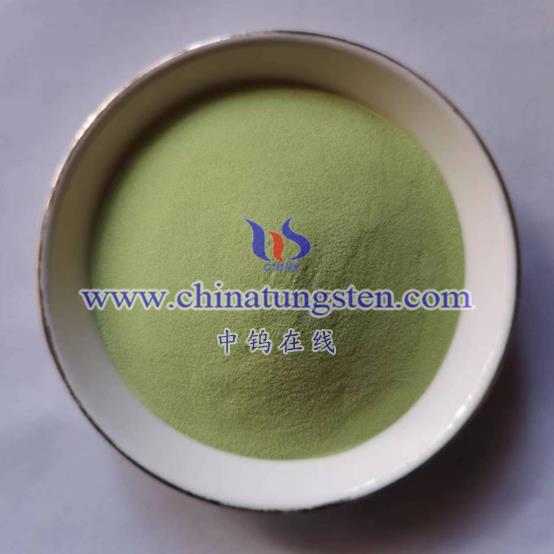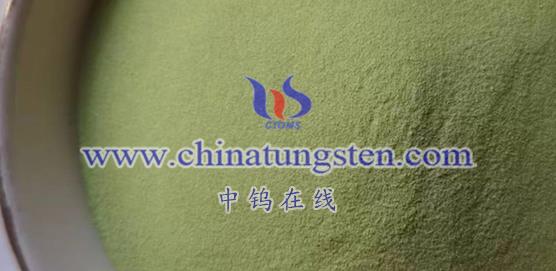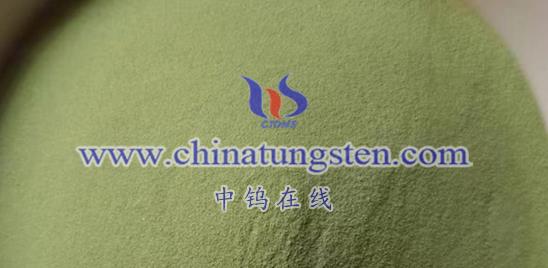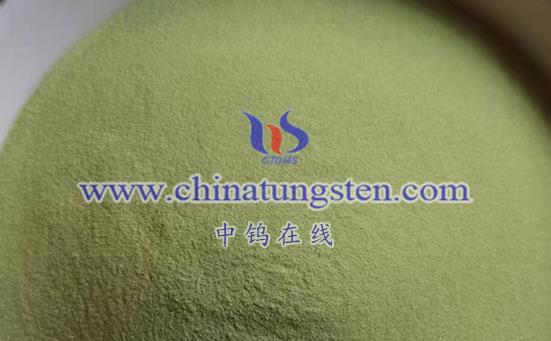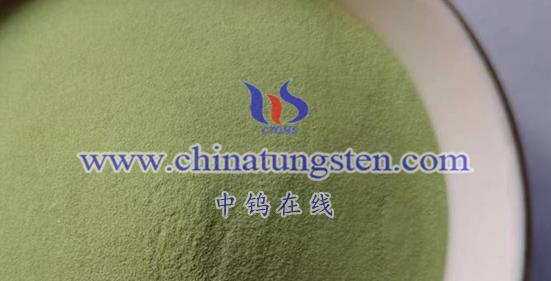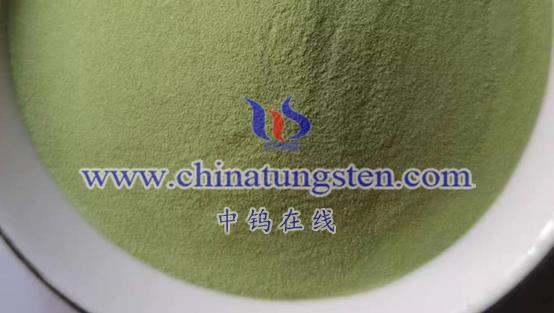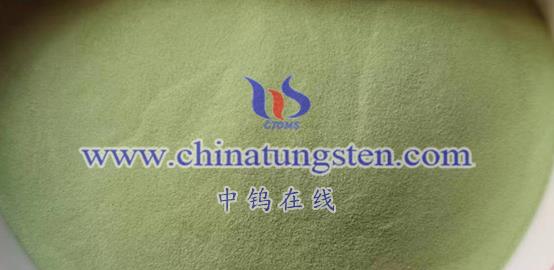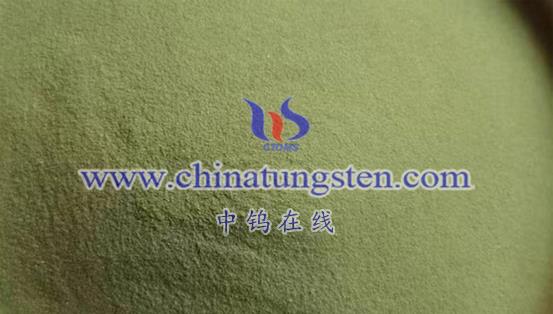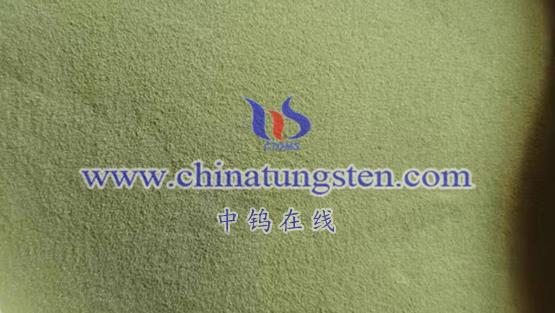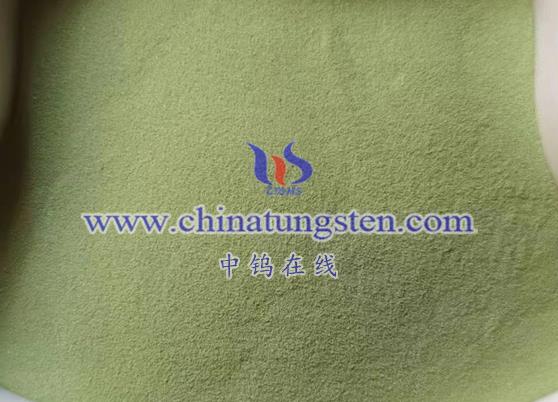
Tungsten oxide nanomaterials (WO3) exhibit several significant advantages in gas sensing applications, making them highly promising in gas detection and monitoring. Below are the main advantages of tungsten oxide nanomaterials in gas sensing:
- High Sensitivity and Selectivity of Tungsten Oxide Nanomaterials
- High Sensitivity Tungsten oxide nanomaterials have a large specific surface area and abundant surface-active sites, enabling them to exhibit extremely high sensitivity to target gases. This means they can rapidly respond and accurately detect even very low gas concentrations.
- High Selectivity By adjusting the morphology, structure, and composition of tungsten oxide nanomaterials, it is possible to achieve selective detection of specific gases. This selectivity helps accurately identify target gases in complex gas environments.
- Fast Response and Recovery
- Fast Response Tungsten oxide gas sensors can quickly react and generate an electrical signal output upon contact with target gases, enabling rapid detection.
- Fast Recovery When the concentration of the target gas decreases or disappears, the sensor quickly returns to its initial state, ready for the next detection. This fast recovery is crucial for continuous monitoring and real-time alarms.
- Stability and Durability
- Stability Tungsten oxide nanomaterials possess excellent thermodynamic and chemical stability, maintaining their performance even under harsh conditions, such as high temperatures, high humidity, and corrosive gases.
- Durability With proper treatment, tungsten oxide gas sensors have a long lifespan and low maintenance costs, helping to reduce usage costs and improve overall economic benefits.
- Environmentally Friendly and Energy Efficient
- Environmentally Friendly Tungsten oxide gas sensors do not produce harmful substances or pollute the environment during detection. Additionally, they can monitor harmful gas emissions in the environment, providing data to support environmental protection efforts.
- Energy Efficient Compared to other detection methods (e.g., spectrophotometry, gas chromatography), tungsten oxide gas sensors have lower energy consumption and simpler operation processes, helping to reduce energy usage and improve detection efficiency.
- Ease of Integration and Automation
- Ease of Integration Tungsten oxide gas sensors can be easily integrated with other electronic components and systems, forming powerful gas detection systems. This integration capability makes them highly applicable in industrial automation and smart home sectors.
- Automation By combining with computers and automatic control systems, tungsten oxide gas sensors can perform automatic detection, data processing, and alarms. This significantly improves detection efficiency and accuracy while reducing the need for manual intervention.
In summary, the application of tungsten oxide nanomaterials in gas sensing offers several key advantages, including high sensitivity and selectivity, fast response and recovery, stability and durability, environmental friendliness, energy efficiency, and ease of integration and automation. These advantages make tungsten oxide gas sensors valuable across multiple fields with broad potential for further development.
More details of tungsten oxide product, please visit website: tungsten-oxide.com
Please contact CHINATUNGSTEN for inquiry and order of tungsten oxide:
Email: sales@chinatungsten.com
Tel.: 86 592 5129595
